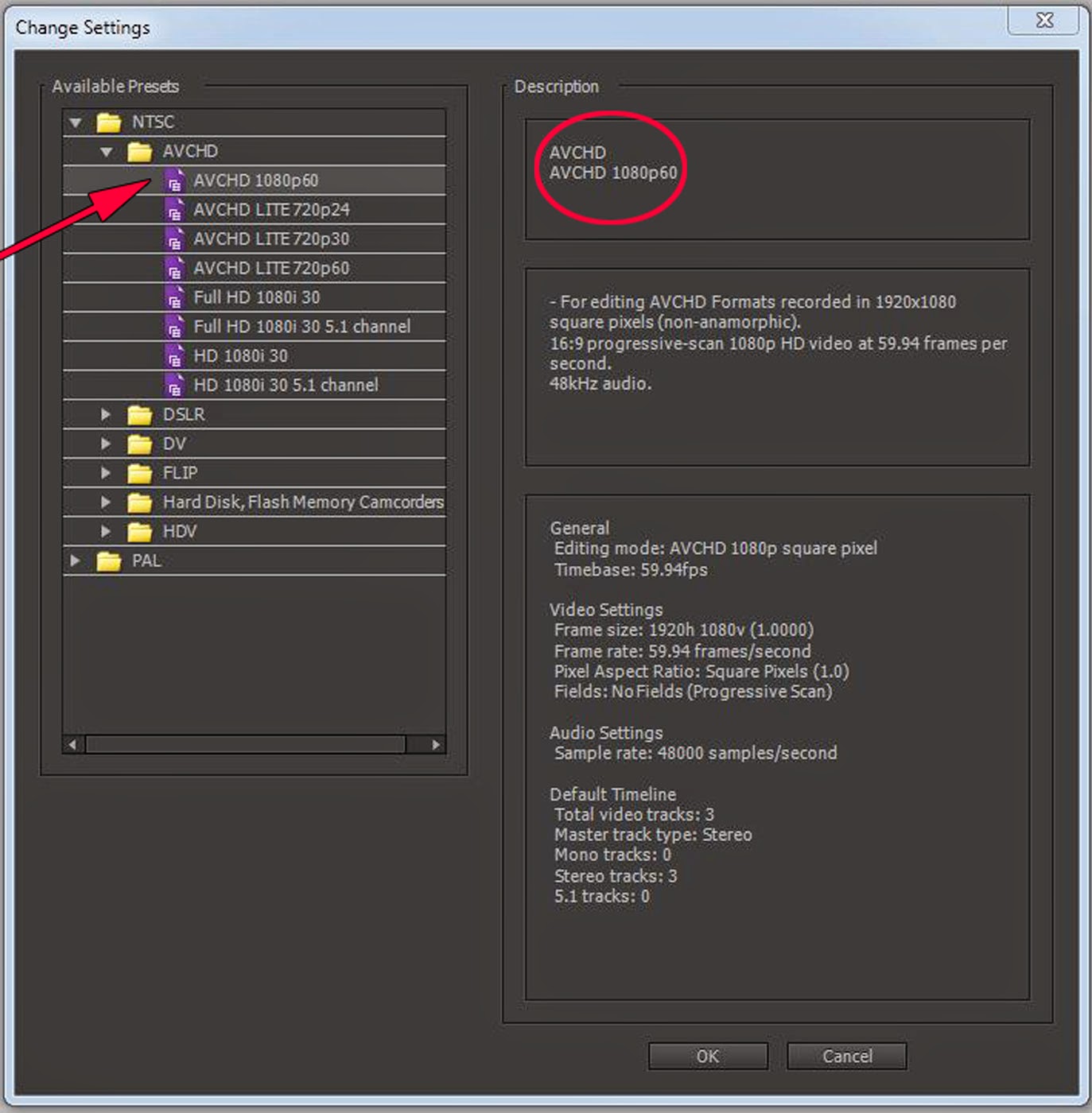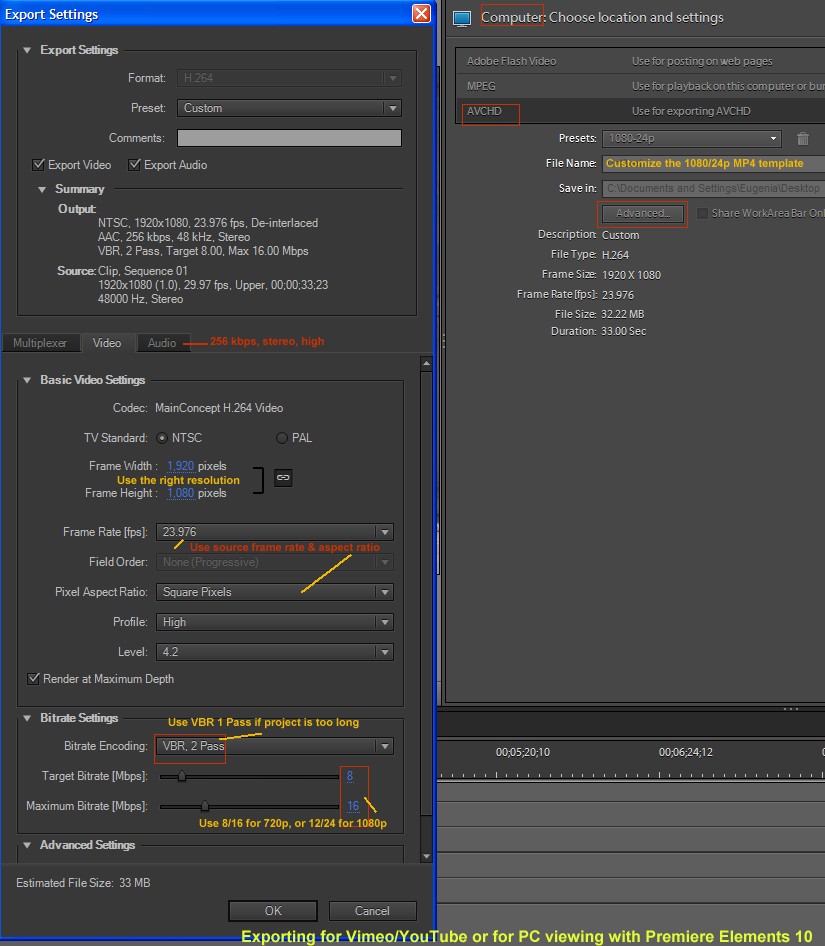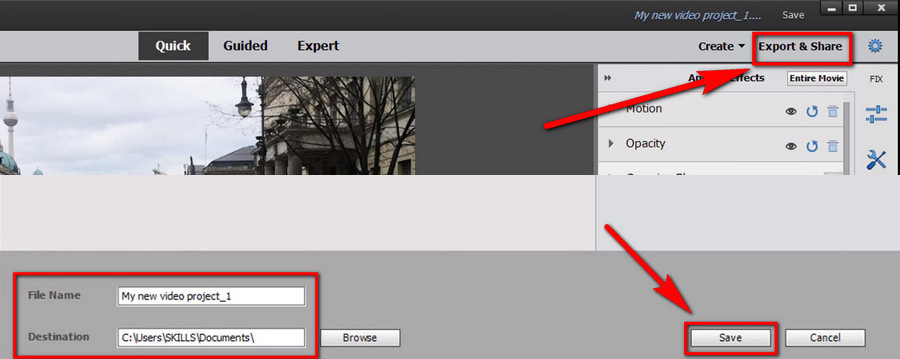

So, Alight Motion provides every single thing a user needs in order to produce a pro-quality video. Professional and quality features of Alight Motionįeatures of a mobile application play a major role than other things since it is because of the features that people tend to judge the app saying whether it is a good one or a bad one.

Want to learn a few more quick tips in Premiere Pro? Check out a few of these handy PremiumBeat articles:

Your clips will now be exported to your specified location.

Once you’re ready to export, simply hit the small green play arrow at the top of the window. Once you’re in Media Encoder, you can adjust the export settings of individual clips, change the output location, or simply start the export. You should now see Adobe Media Encoder open and your clips will be loaded into the queue. Once your export settings are set, simply select ‘ Queue‘. If you want each clip to have different export options, you can change that once the clips are in Media Encoder (step 4). Simply adjust your export settings as needed. The process here is really quite similar to when you export clips individually. You’ll notice that the export menu looks a little different when you’re exporting more than one piece of footage. With your footage selected, right click and select “Export Media.” You can also hit Command+M or navigate to File>Export>Media. Don’t worry if you select something that can’t be exported like folders. Select all of the clips or sequences you wish to export in the project panel. Essentially this technique is a quick way to add a lot of clips into the render queue of Adobe Media Encoder. The easy way is to use the technique outlined in the steps below. The hard way is to export each sequence individually. There’s an easy way and a hard way to go about batch exporting in Premiere Pro. Need to export a lot of sequences or clips at the same time? No problem! Here’s how to batch export in Premiere Pro.


 0 kommentar(er)
0 kommentar(er)
